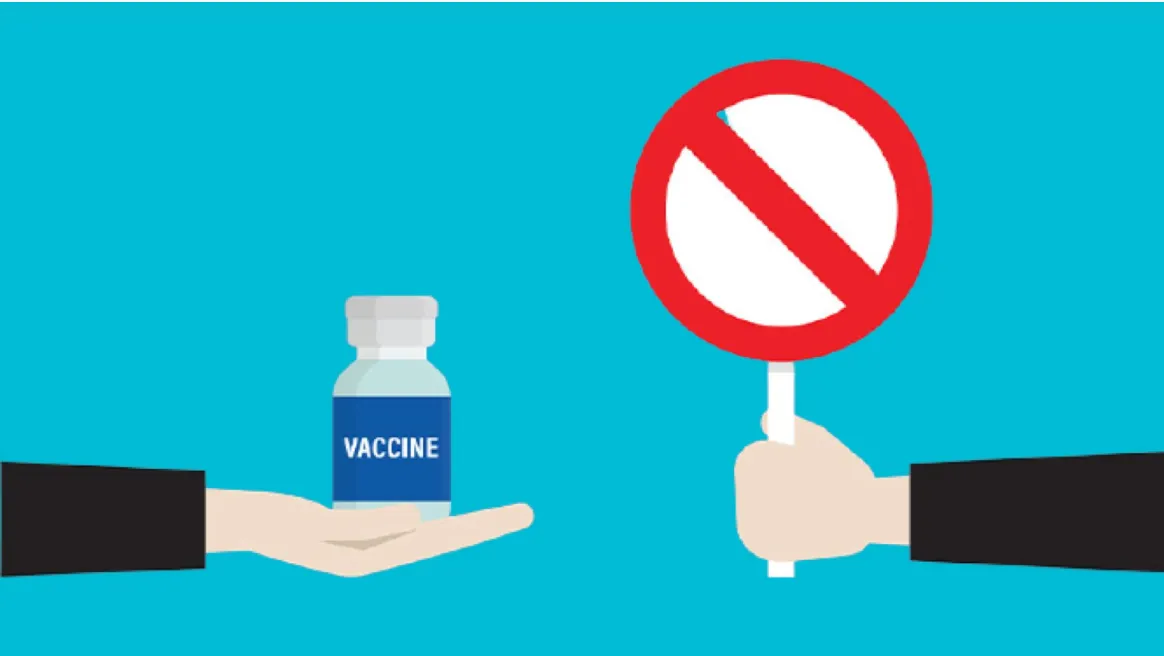Table of Contents
Ananish Chaudhuri
Professor of Behavioural and Experimental Economics
University of Auckland
ananishchaudhuri.com
Author of: Nudge into lockdown? Behavioural Economics, Uncertainty and Covid-19
The goal of achieving 90% vaccination, if achieved at all, will not happen any time soon. Very few countries in the world have achieved this target and most started vaccination efforts much earlier. Scandinavian countries have jettisoned restrictions at much lower vaccination rates. With each passing day, the collateral damage is mounting.
The great majority of those unvaccinated against Covid have been vaccinated for diseases like measles, mumps, rubella, chickenpox, or HPV. They are far from being “anti-vaxxers”. The proportion of true anti-vaxxers, those who are philosophically opposed to any vaccination, is small in New Zealand. Why are more objecting this time?
First, the government is asking for 90% vaccination of those 12 and over. Yet according to the United Kingdom Joint Committee on Vaccinations and Immunisations (JCVI) there is little reason to call for universal vaccination of those under the age of 15.
Second, we know that while vaccinations prevent serious illness, they do not guarantee complete immunity. Vaccinated people can transmit the disease. A recent scientific paper suggests that there is little correlation between vaccination rates and cases.
Covid is not deadly for those under sixty-five and, for those under 50 (in the absence of other health issues), the risk is minuscule. If they fell sick with Covid, this group will most likely have relatively mild symptoms. Given that the vaccines are not guaranteeing immunity and that they often come with side effects, many are making a perfectly rational cost-benefit calculation in foregoing the vaccine. This group includes many young people who are in good health including professional athletes.
There is a third group that is concerned with the newness of mRNA vaccines. Their fears may well be misplaced but this group is not objecting to vaccines per se, but primarily to the mRNA vaccines. This group will be happy with vaccines like Novavax, which is supposed to be as effective as the Pfizer vaccine. Thus, this group is asking for choice rather than being anti-vaccine in general.
A fourth and final group is clearly objecting to the element of coercion in all of this. The New Zealand Bill of Rights 1990 s.11 does confer upon people the right to refuse medical treatment. The government’s vaccine mandates are seen by many as violating the proportionality rule articulated by the High Court in a recent case.
It is likely that as the pace of vaccination slows, the government will have to resort to more coercive measures to reach its goal.
In fact, there is a valid counterargument that the government, in excluding the unvaccinated from many areas of social life, is prima facie discriminating (under s.19 of the Bill of Rights) against a minority that is merely exercising another fundamental right. This issue will most likely be settled in a court of law or if not then, in the court of history.
This is particularly salient given that New Zealand does not mandate any other vaccines; not even for diseases that kill children, such as measles.
In any event, voluminous social science evidence suggests that there are limits to coercion; it may result in some compliance, but it is hardly conducive to long-term cooperation.
It also seems that hubris rather than prudent policy making may be at the heart of the current initiative. If so, then this is hardly conducive to good policy making.
According to news reports, the government has spent $4.8 billion in various support systems since the Delta outbreak in August. This money could be used to undertake a significant expansion of our healthcare facilities. The same is true of the money being invested in maintaining MIQ facilities. With numerous Covid cases in the community and people already being allowed to self-isolate, continuing MIQ seems anathema. This money too can be diverted to more productive use.
The government could easily amend the goal to include 90% of those 50 and above. This will add very little downside while avoiding significant costs. It will allow us to open up much more quickly.
Obviously, the risks are higher among more vulnerable communities even for younger people. But imposing a universally high vaccination rate makes little sense. Instead, an alternative would be to emphasise that for those below 50 with other health issues the risk of serious illness is much higher. This requires targeted messaging aimed at those at higher risk.
But the current approach is creating deep divisions within our society leading to suspicion, distrust and rage. These divisions are going to be detrimental for the same vulnerable communities that the government wishes to protect. The damage to social cohesion will be difficult to repair and will adversely impact our future well-being.
Denmark has removed all restrictions with 90% vaccination above fifty but 75% overall. Michael Bang Petersen, a psychologist advising the Danish government says that much of this success is due to the Danish government’s willingness to trust the citizens and explain what is being done and why. New Zealand is also a high trust society. The government would be well advised to follow the lead of Denmark.









